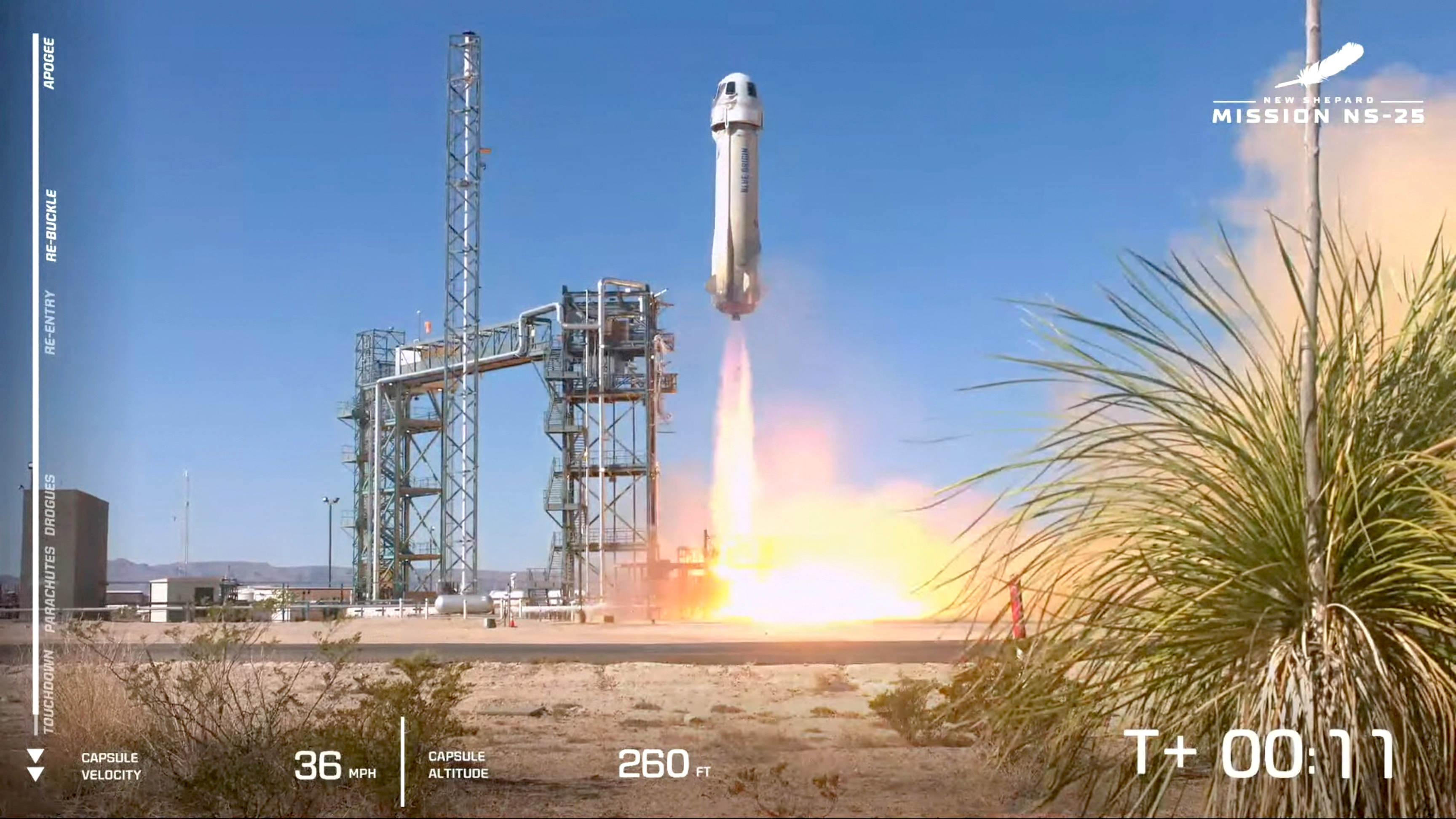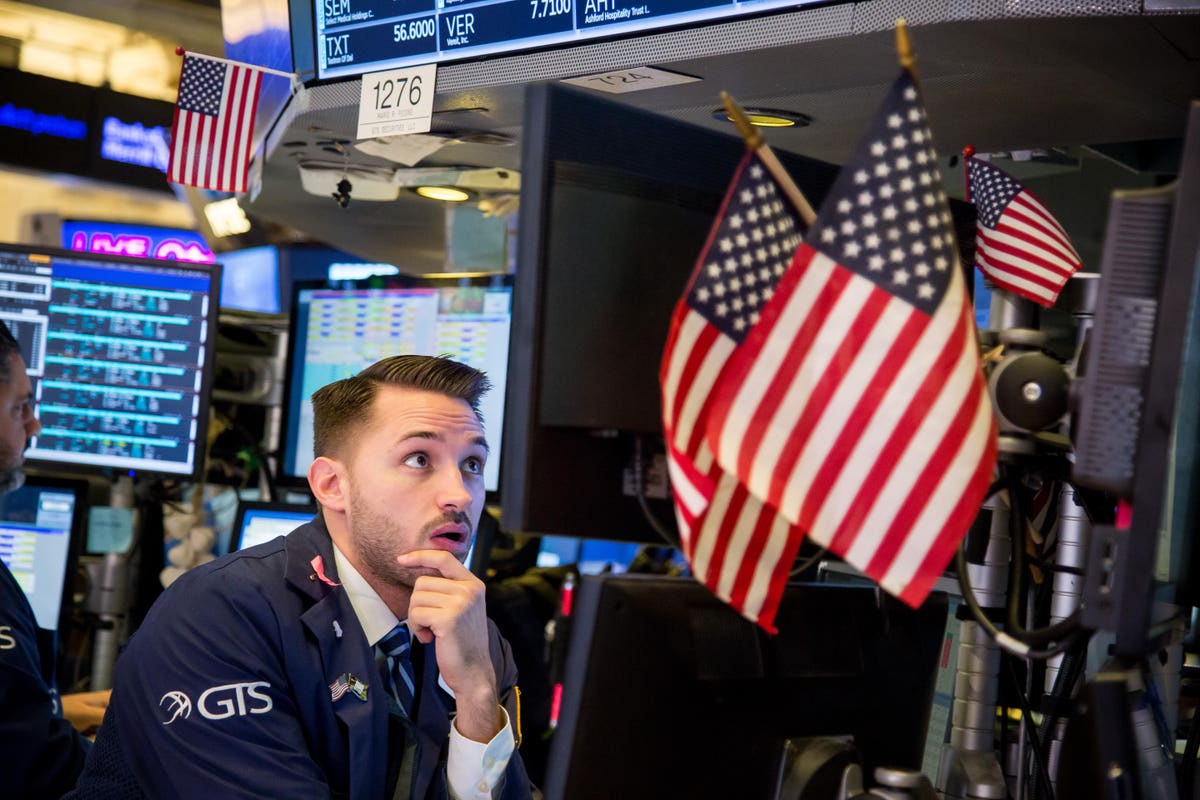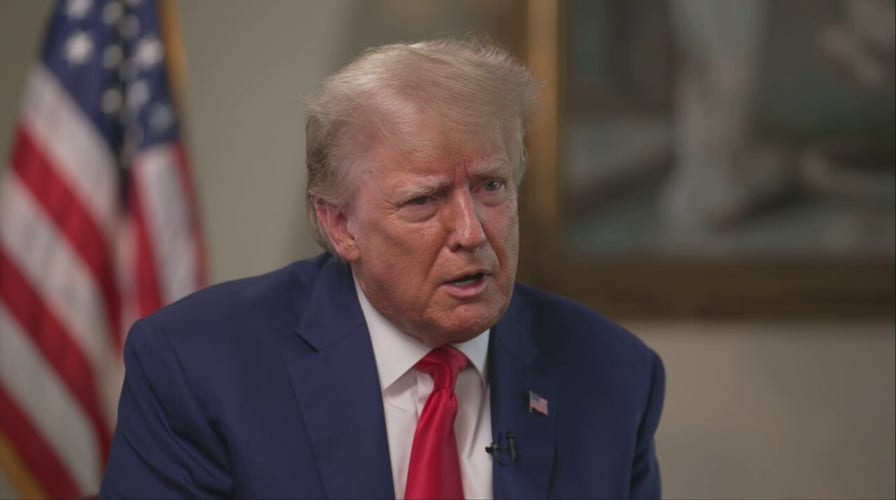Who Will Bear The Brunt Of Trump's Economic Policies?

Table of Contents
The Impact on the Working Class and Middle Class
The Trump administration's economic policies had a complex and often contradictory impact on the working and middle classes. While job growth was reported, wage stagnation and increased costs of living offset many gains.
-
Wage Stagnation: Despite claims of job creation, real wage growth for many working and middle-class Americans remained stagnant or even declined during this period, failing to keep pace with inflation and rising living costs. This led to a shrinking disposable income for many families.
-
Job Creation and Loss: While certain sectors experienced job growth, others, particularly manufacturing, suffered job losses due to trade wars and automation. The overall net effect on employment for these groups was uneven and often regionally concentrated, exacerbating existing economic disparities.
-
Trade Wars and Their Ripple Effects: The Trump administration's protectionist trade policies, including tariffs on imported goods, had a significant negative impact on working-class jobs and wages in sectors reliant on global trade. Increased costs for businesses, stemming from tariffs, translated into reduced hiring or even job losses, impacting both manufacturing and service industries. The resulting price increases on consumer goods further squeezed the budgets of the working and middle class.
-
Cost of Living Crisis: The cost of essential goods and services, including healthcare, housing, and education, increased significantly during this period, disproportionately impacting families in the working and middle classes. Many struggled to maintain their standard of living as wages failed to keep pace with these rising costs, leading to increased financial stress and insecurity.
-
Deregulation and Worker Protections: Deregulation efforts, while aiming to stimulate business growth, also had the unintended consequence of weakening worker protections and environmental safeguards, potentially affecting workplace safety and overall well-being for many in these income brackets.
The Benefits for the Wealthy
Conversely, the wealthy and corporations reaped significant benefits from the Trump administration's economic policies. The tax cuts, in particular, disproportionately favored high-income earners.
-
Tax Cuts and Their Disproportionate Benefits: The 2017 Tax Cuts and Jobs Act significantly reduced corporate and individual income tax rates. However, the benefits were heavily skewed toward high-income earners and corporations, leading to a further widening of the wealth gap.
-
Stock Market Gains and Investment Returns: The tax cuts and deregulation contributed to a rise in the stock market, boosting the wealth of those who held significant investments. This amplified the existing wealth inequality, enriching high-net-worth individuals at a faster rate than those in the working and middle classes.
-
Increased Wealth Inequality: The combination of tax cuts, stock market gains, and stagnant wages for lower and middle income earners led to a substantial increase in wealth inequality during this period, creating a larger chasm between the rich and the rest of the population.
-
Corporate Profits and Executive Compensation: Corporations benefited significantly from the tax cuts, leading to increased profits and higher executive compensation. This further cemented the financial advantages of the wealthy, while offering limited trickle-down benefits to the broader economy.
Vulnerable Populations and the Unintended Consequences
Vulnerable populations, including minorities, low-income families, and those reliant on social safety net programs, bore the brunt of several unintended consequences stemming from the administration’s economic policies.
-
Healthcare Policy Changes: Changes to healthcare policy impacted access to affordable healthcare for many vulnerable populations, potentially leading to worse health outcomes and increased financial burdens.
-
Environmental Deregulation and Marginalized Communities: Environmental deregulation disproportionately harmed marginalized communities, often located near polluting industries, leading to increased health risks and environmental injustices.
-
Social Safety Net Programs: Proposed cuts or limitations to social safety net programs further jeopardized the well-being of vulnerable populations already struggling with economic insecurity.
-
Disproportionate Impact on Minority Communities: The economic shifts resulting from the administration's policies disproportionately affected minority communities, exacerbating existing systemic inequalities.
Long-Term Economic Effects and Future Implications
The long-term consequences of Trump's economic policies are multifaceted and require further study. However, some potential effects are already apparent.
-
Increased National Debt: The significant tax cuts contributed to a substantial increase in the national debt, raising concerns about long-term economic sustainability and the burden on future generations.
-
Sustainability of Economic Growth: The economic growth experienced during this period relied heavily on unsustainable practices, raising questions about its long-term viability and potential for future economic instability.
-
Impact on Global Trade Relationships: The protectionist trade policies had a lasting impact on global trade relationships, potentially harming the US's standing in the international community and impacting future economic collaborations.
-
Future Economic Policy: The outcomes of these policies will influence economic policy debates and decisions for years to come, shaping discussions on taxation, regulation, and international trade.
Conclusion
Trump's economic policies produced mixed results. While the wealthy experienced substantial gains through tax cuts and stock market increases, the working and middle classes faced challenges including stagnant wage growth, increased costs of living, and job losses in some sectors. Vulnerable populations were particularly hard-hit by healthcare and environmental policy changes. To understand the full implications, continued research and analysis of the economic data are crucial. The long-term effects of these policies remain to be fully seen, emphasizing the need for a thoughtful discussion on equitable economic policies. To delve deeper into the distributional effects of Trump's economic policies and contribute to a more informed national conversation, continue researching and engage in open dialogue. Learn more about the lasting impact of these policies and advocate for a more inclusive economic future.

Featured Posts
-
 Vehicle Subsystem Issue Forces Blue Origin Launch Cancellation
Apr 22, 2025
Vehicle Subsystem Issue Forces Blue Origin Launch Cancellation
Apr 22, 2025 -
 Russia Intensifies Ukraine Offensive With Deadly Air Strikes Us Proposes Peace Plan
Apr 22, 2025
Russia Intensifies Ukraine Offensive With Deadly Air Strikes Us Proposes Peace Plan
Apr 22, 2025 -
 The Bof A View Why Current Stock Market Valuations Arent A Worry
Apr 22, 2025
The Bof A View Why Current Stock Market Valuations Arent A Worry
Apr 22, 2025 -
 New Ev Technology On The Horizon Saudi Aramco And Byd Join Forces
Apr 22, 2025
New Ev Technology On The Horizon Saudi Aramco And Byd Join Forces
Apr 22, 2025 -
 Kyiv Faces Trumps Ukraine Peace Plan A Ticking Clock
Apr 22, 2025
Kyiv Faces Trumps Ukraine Peace Plan A Ticking Clock
Apr 22, 2025
